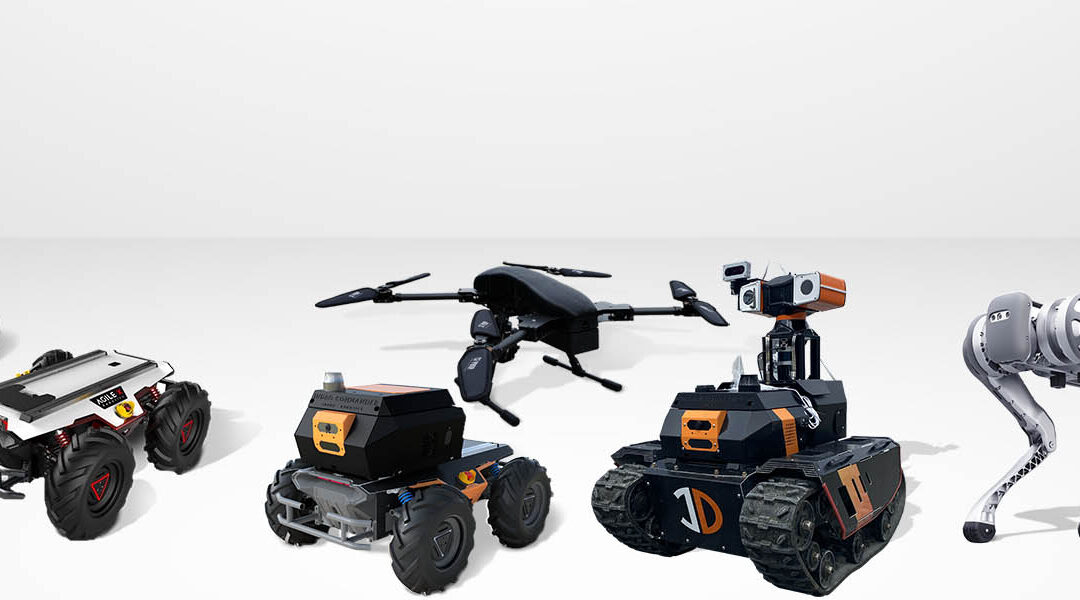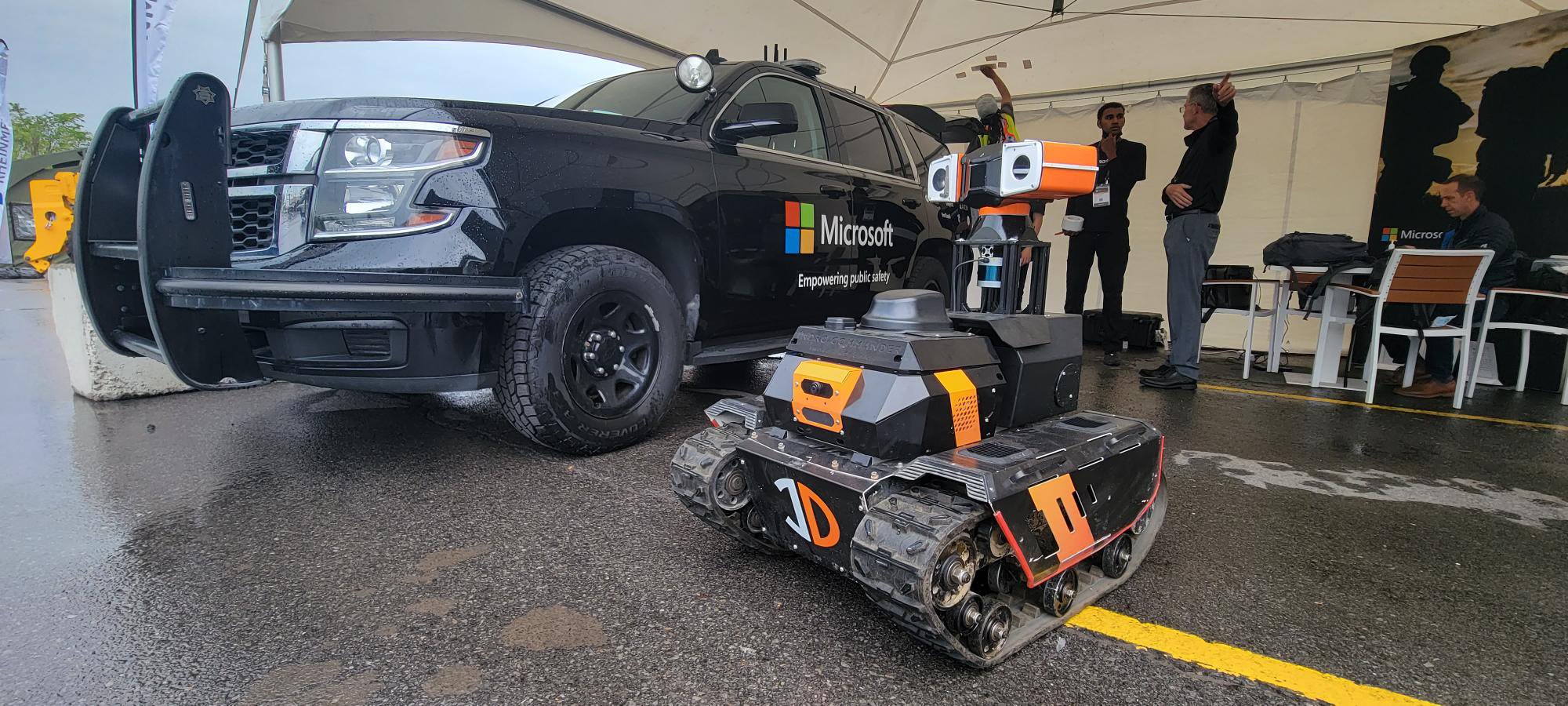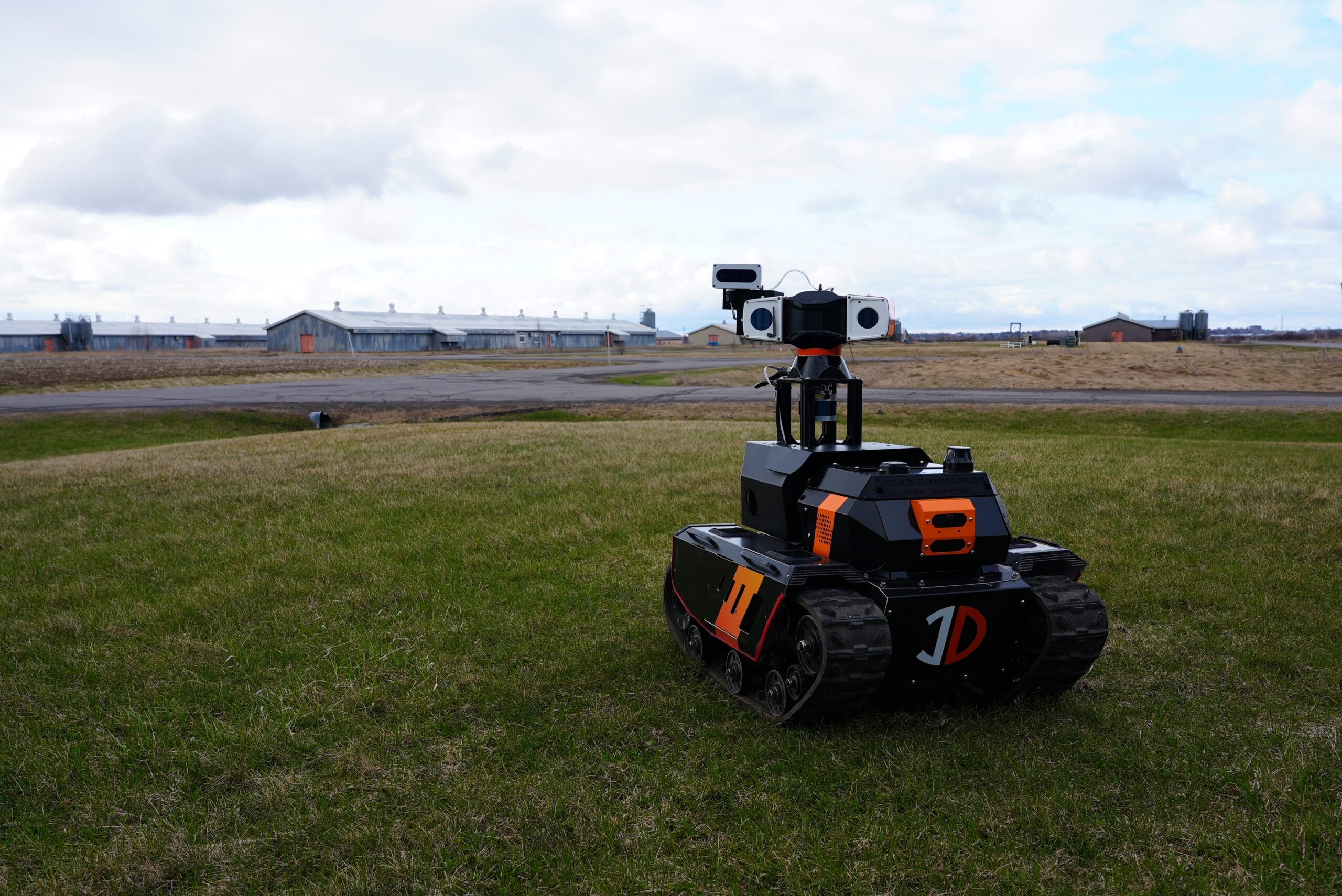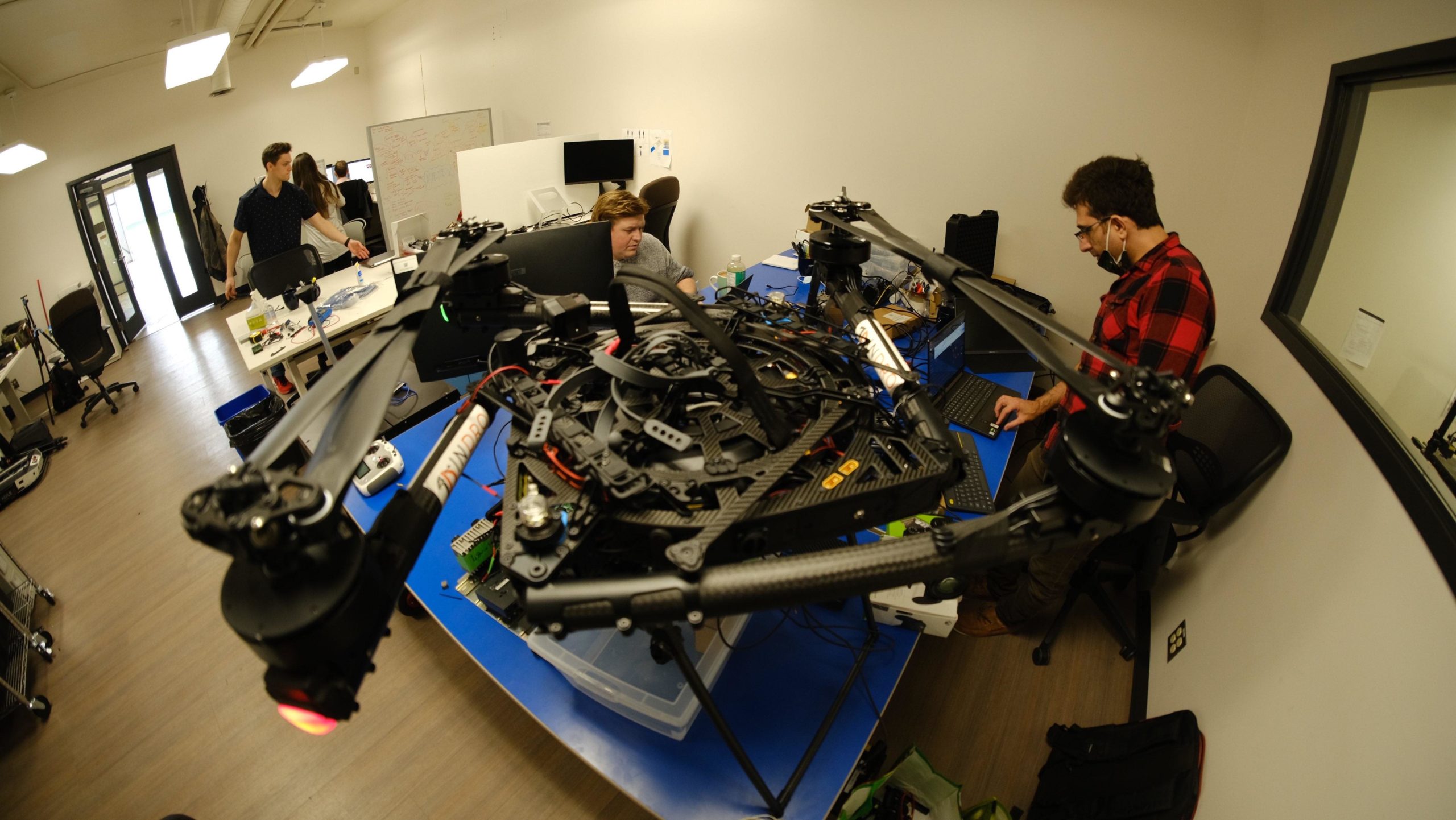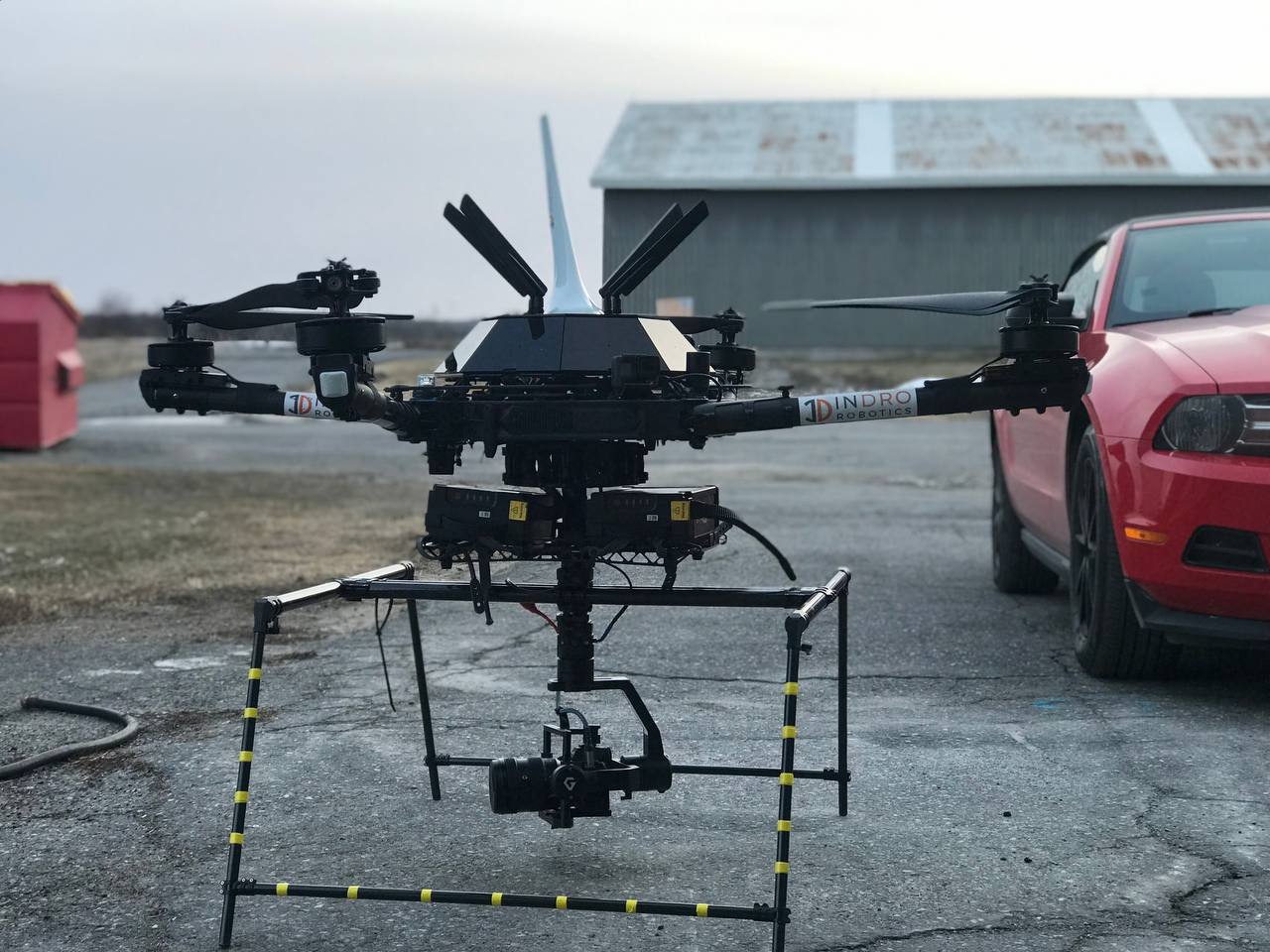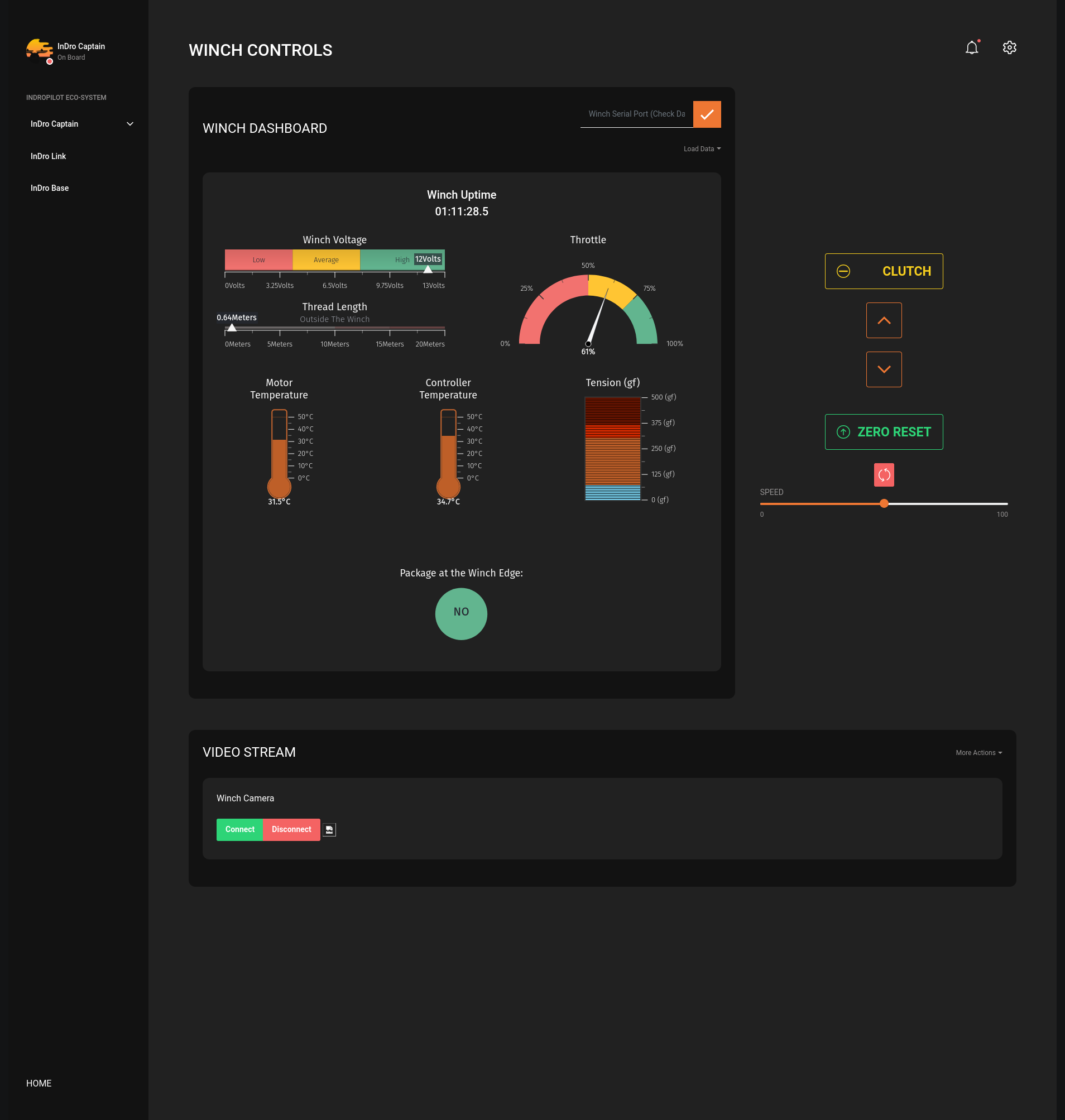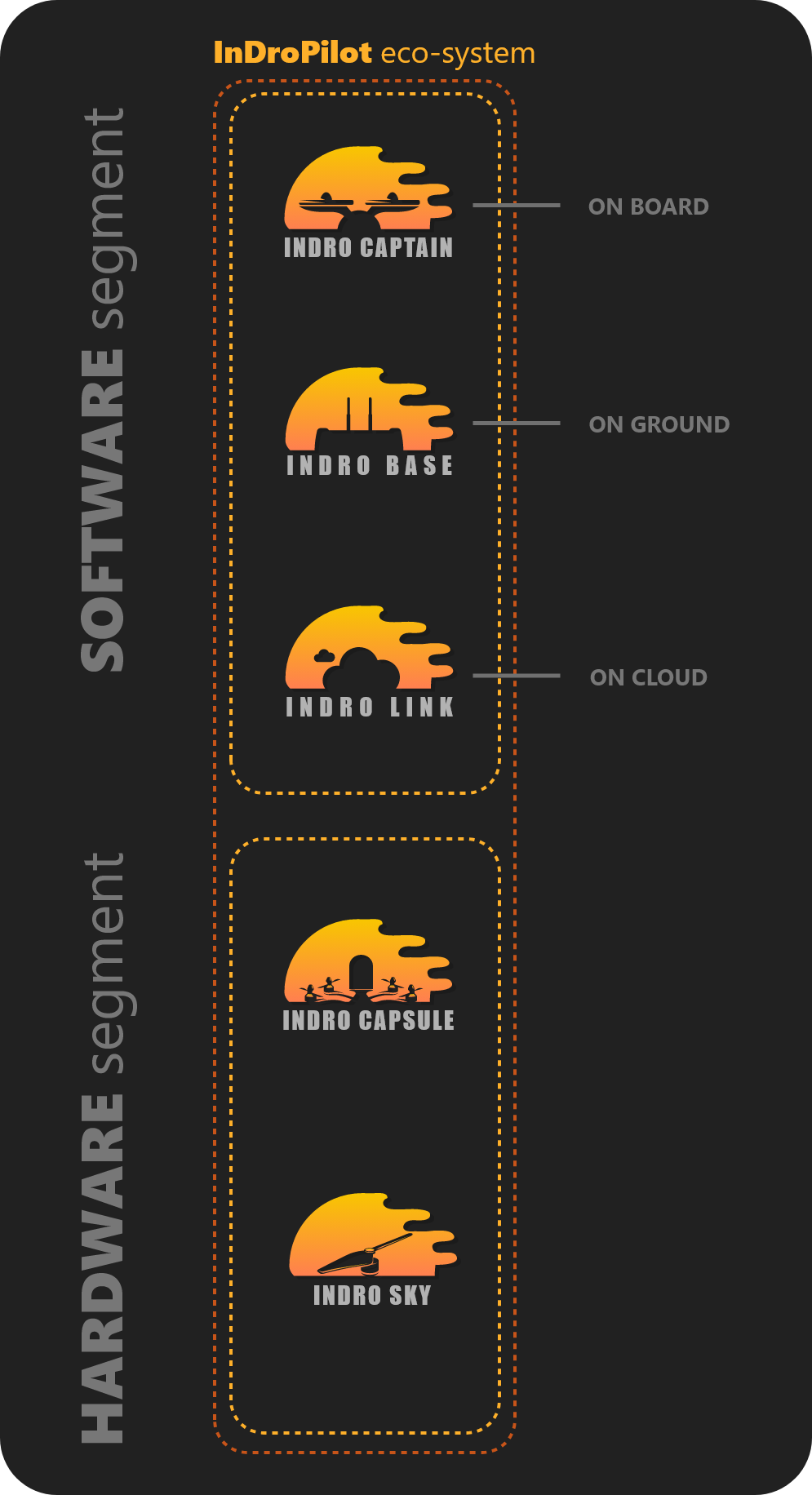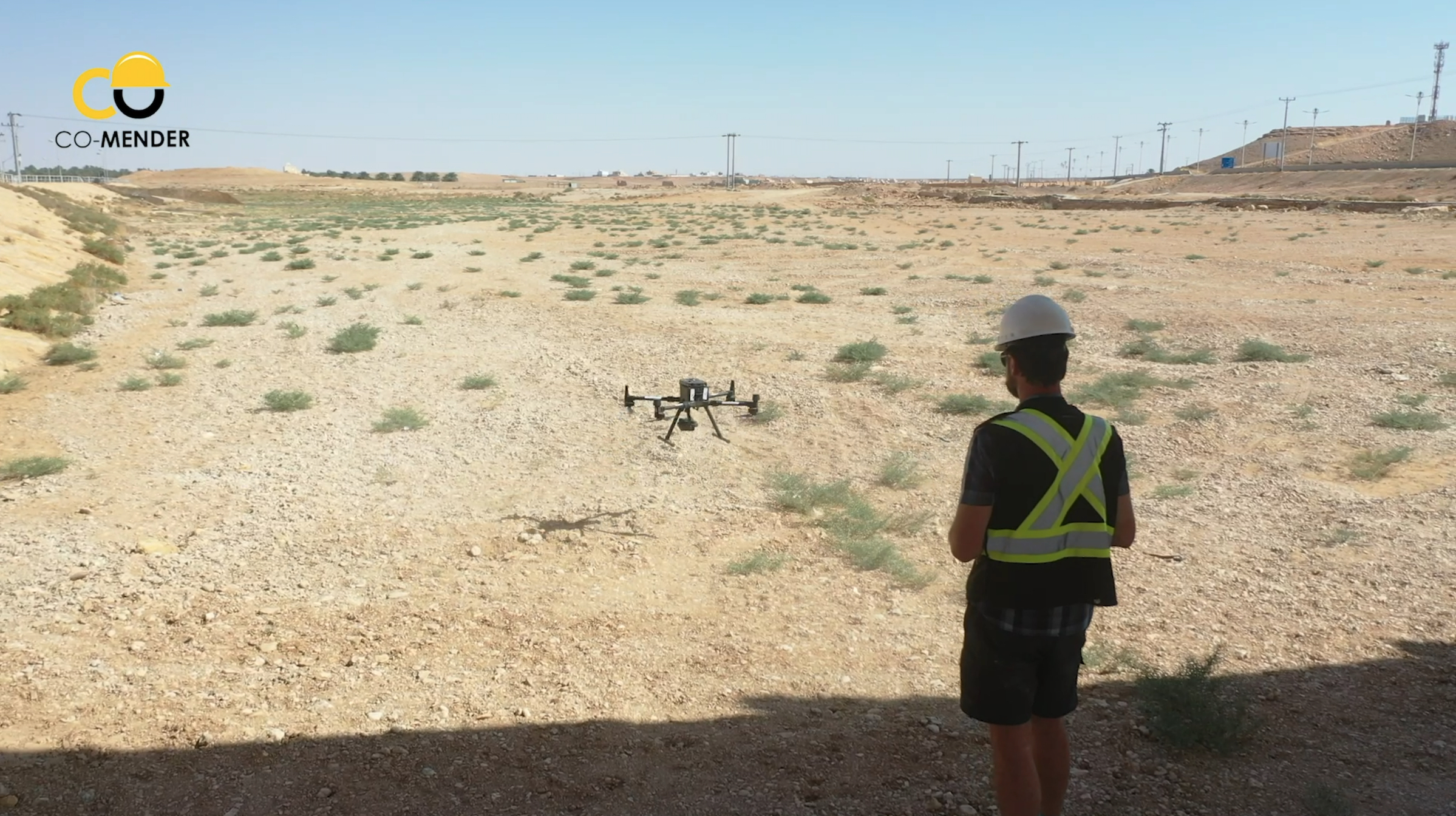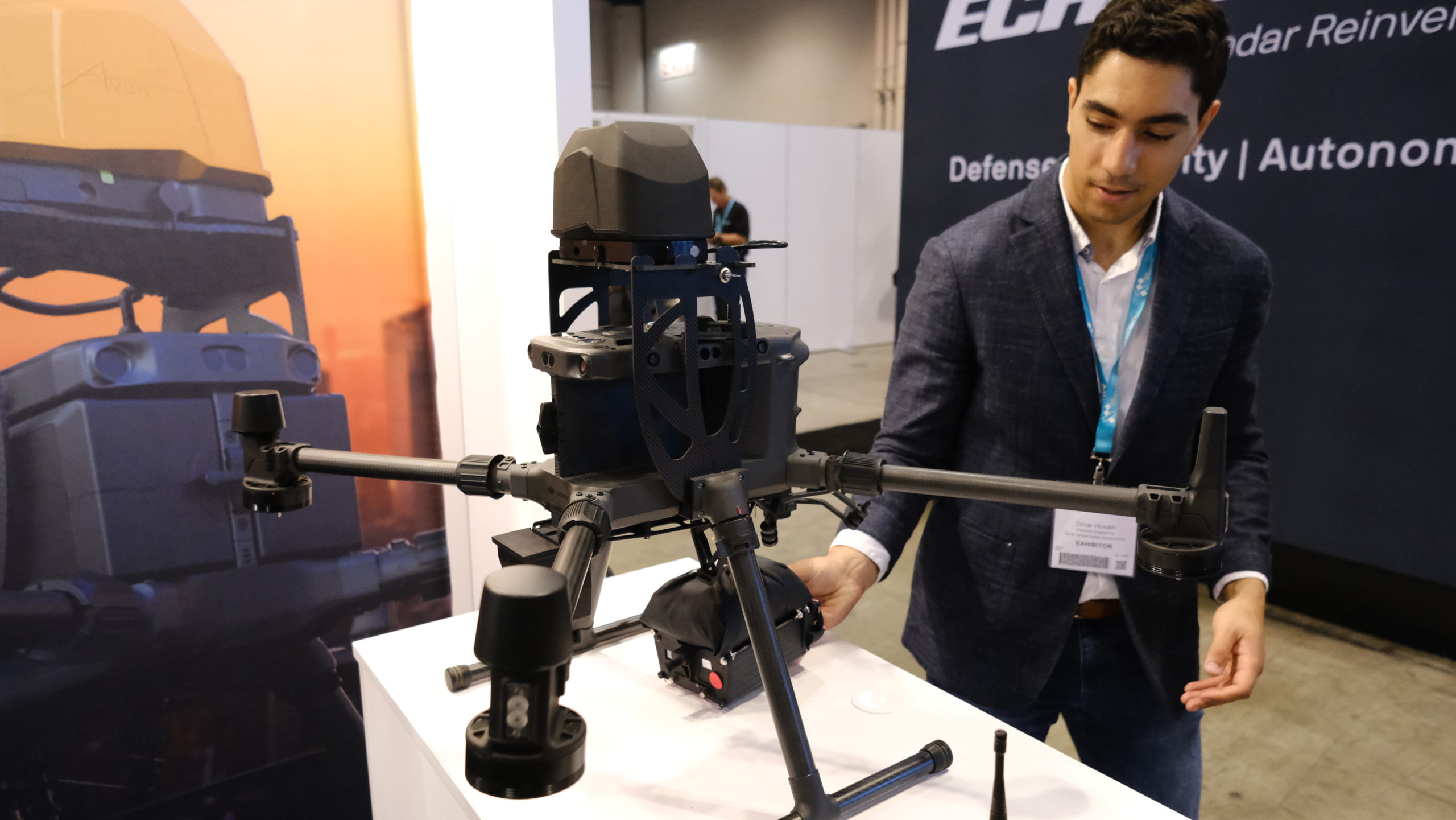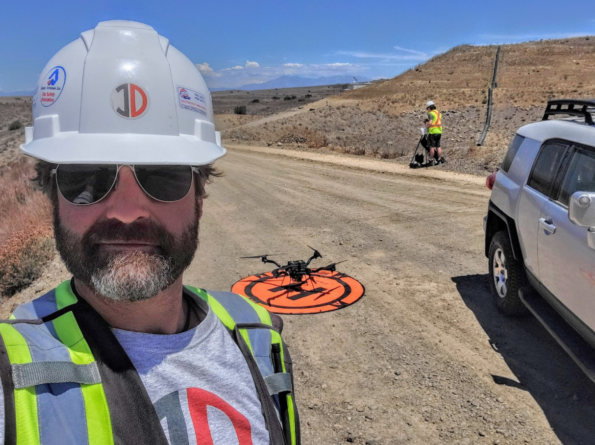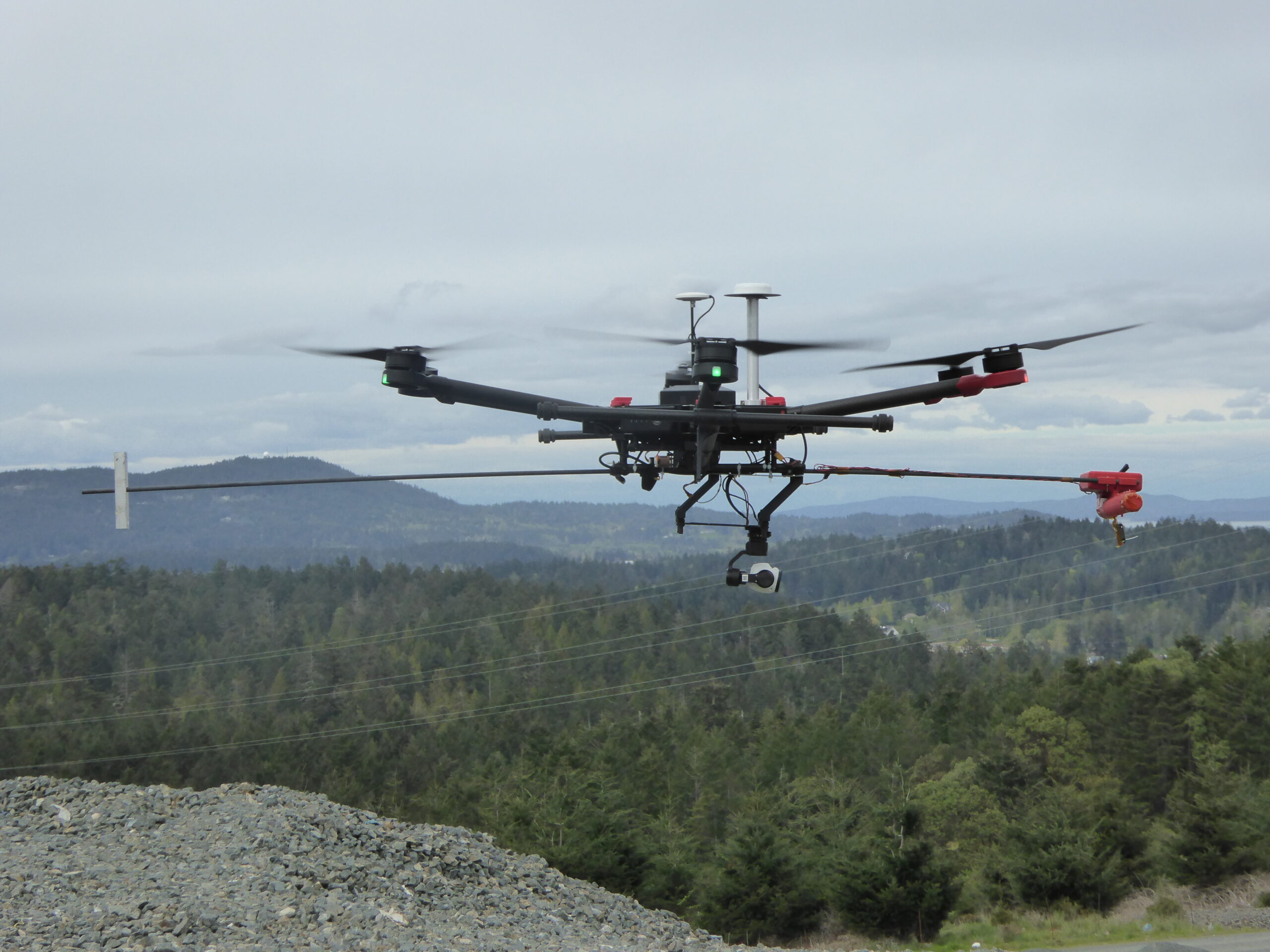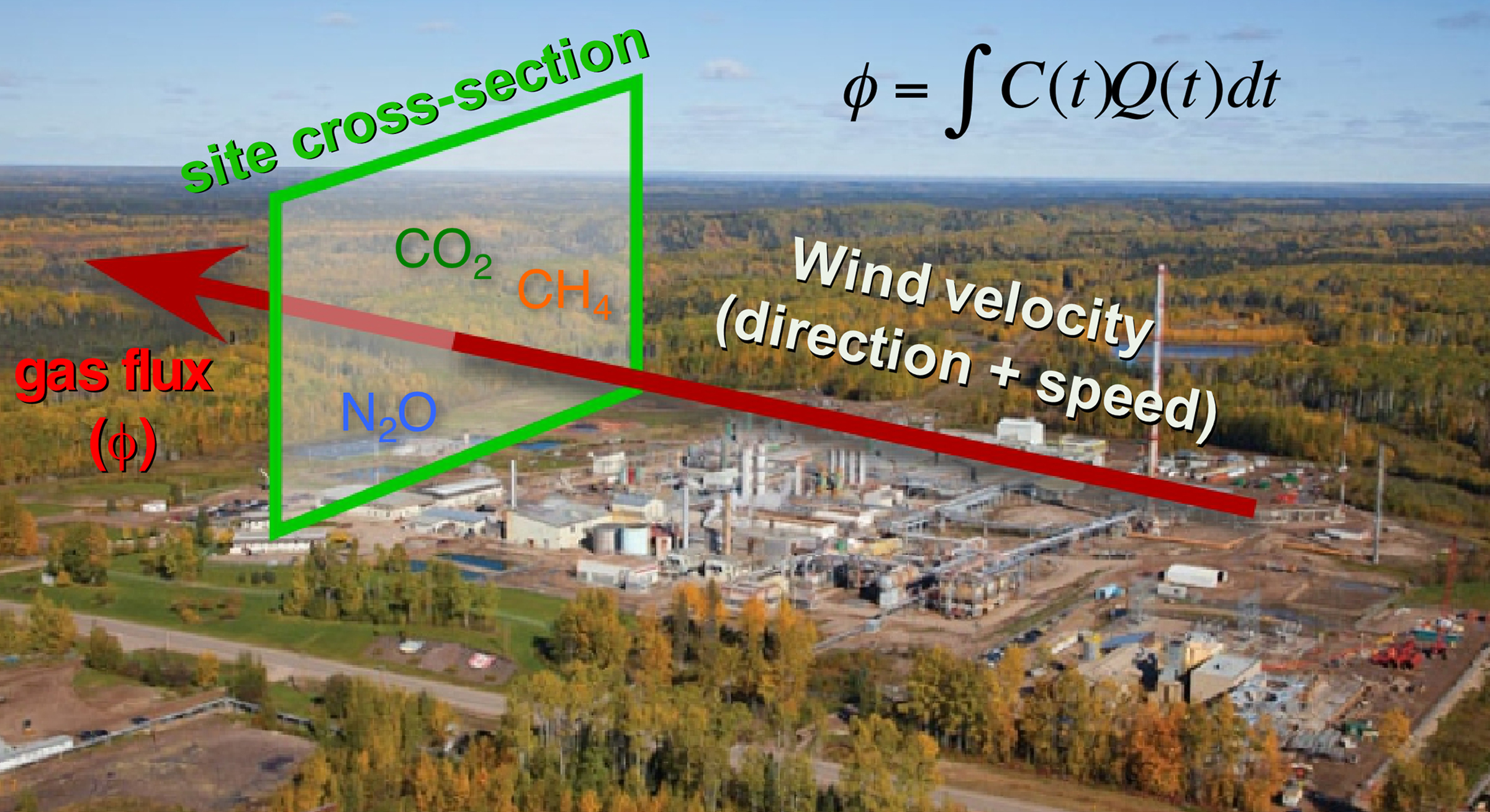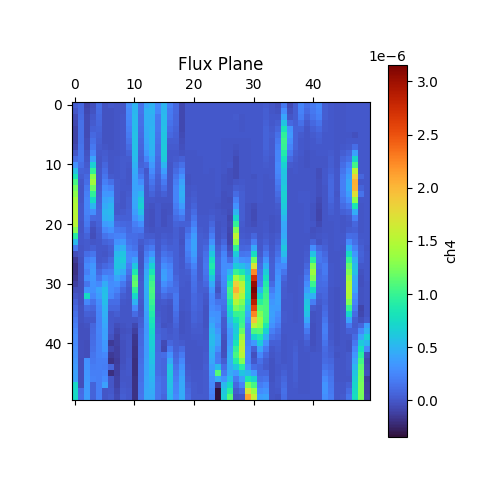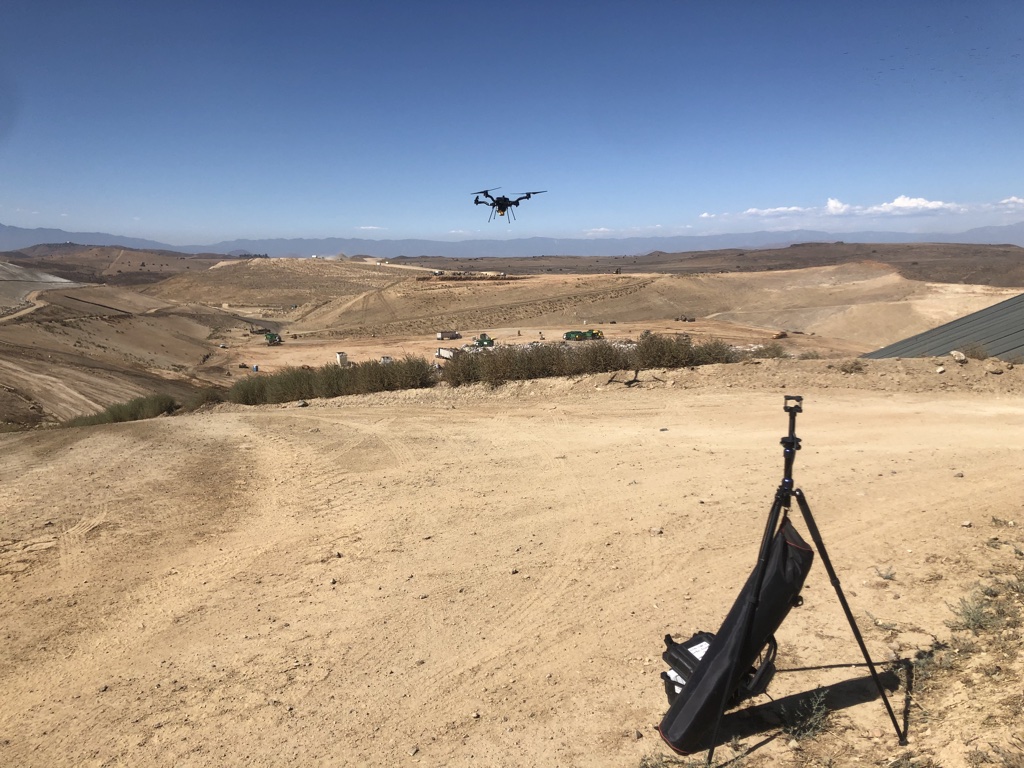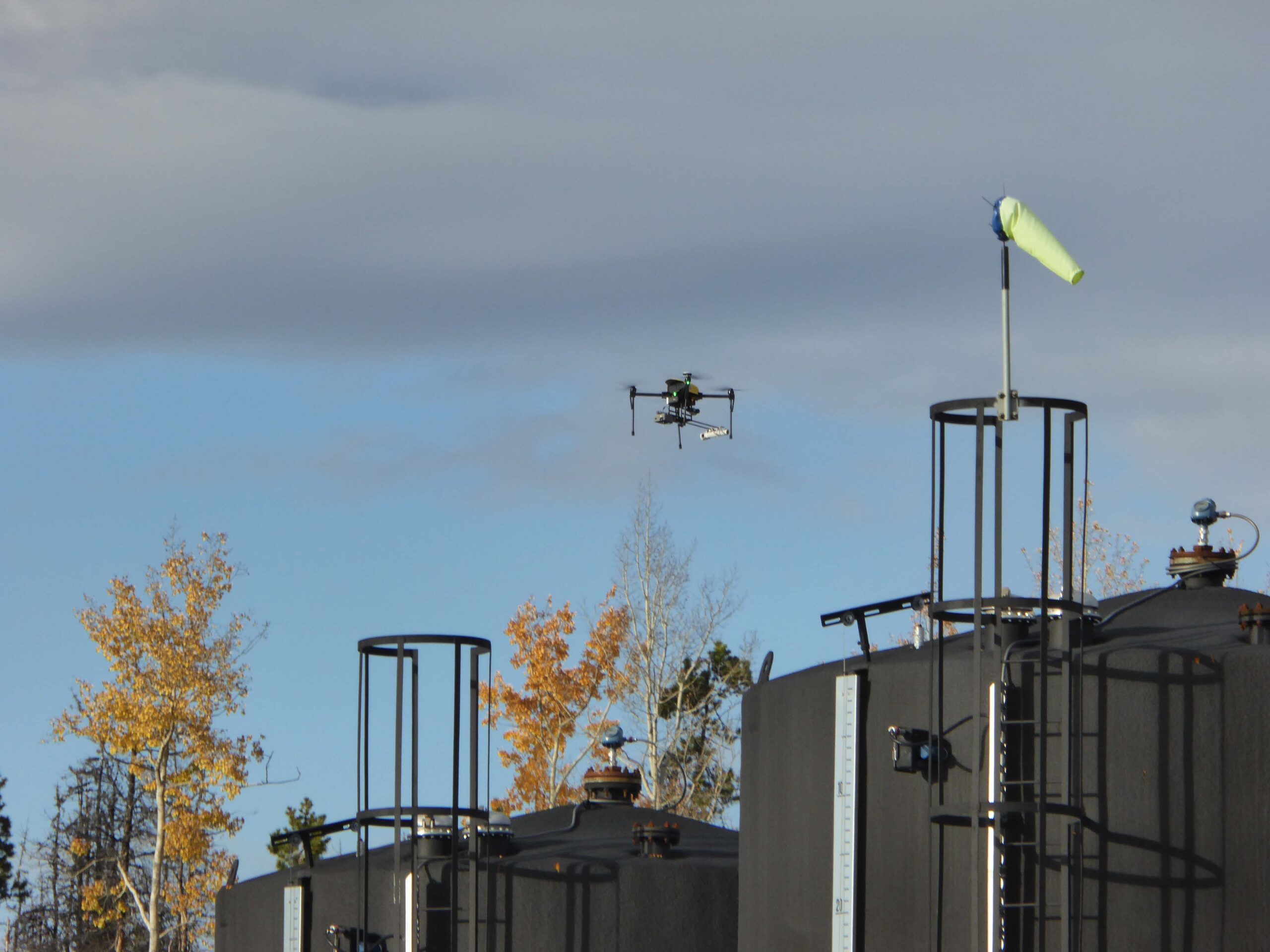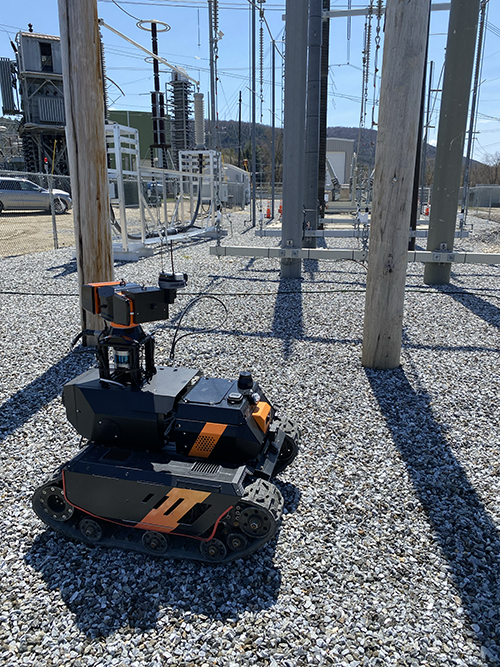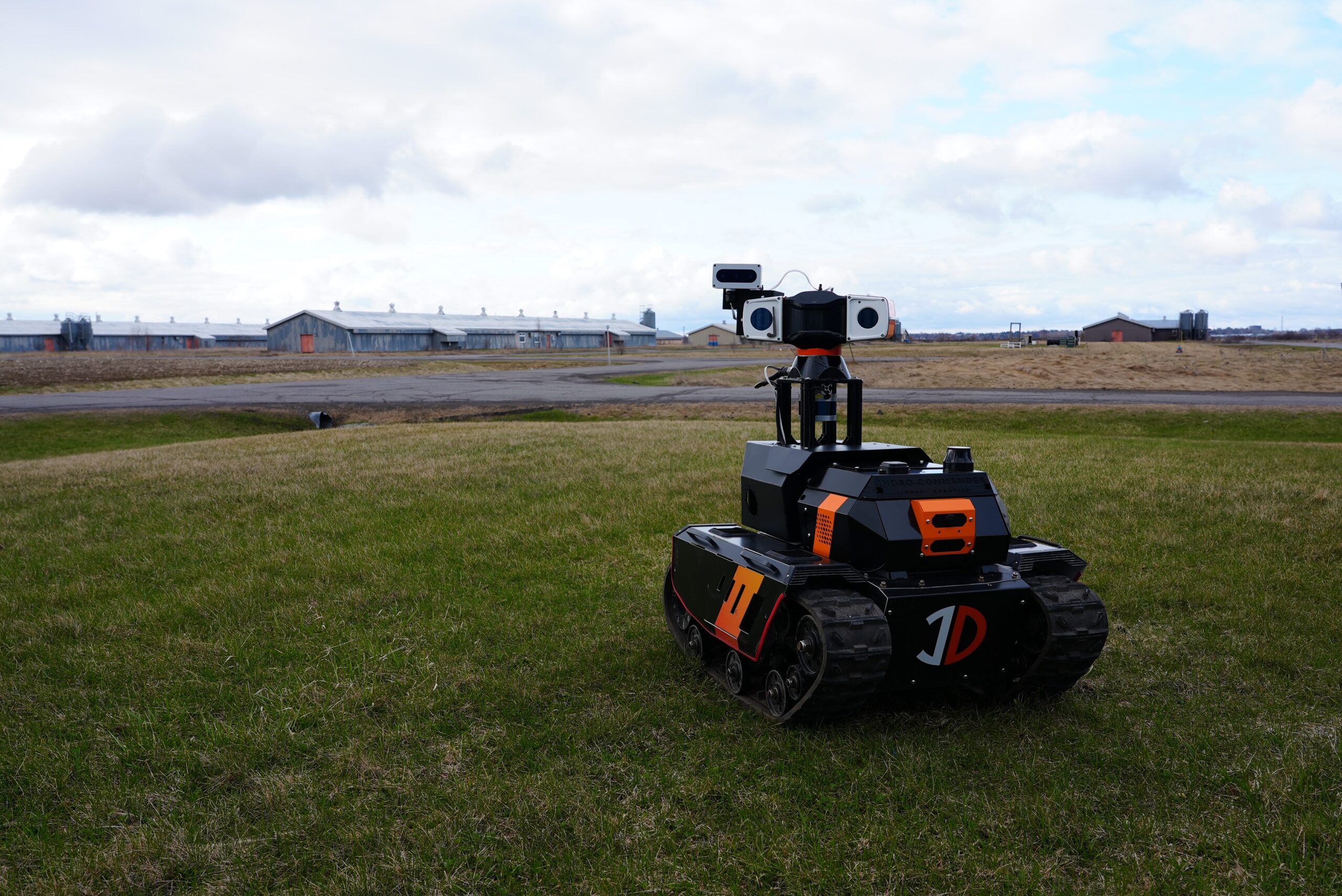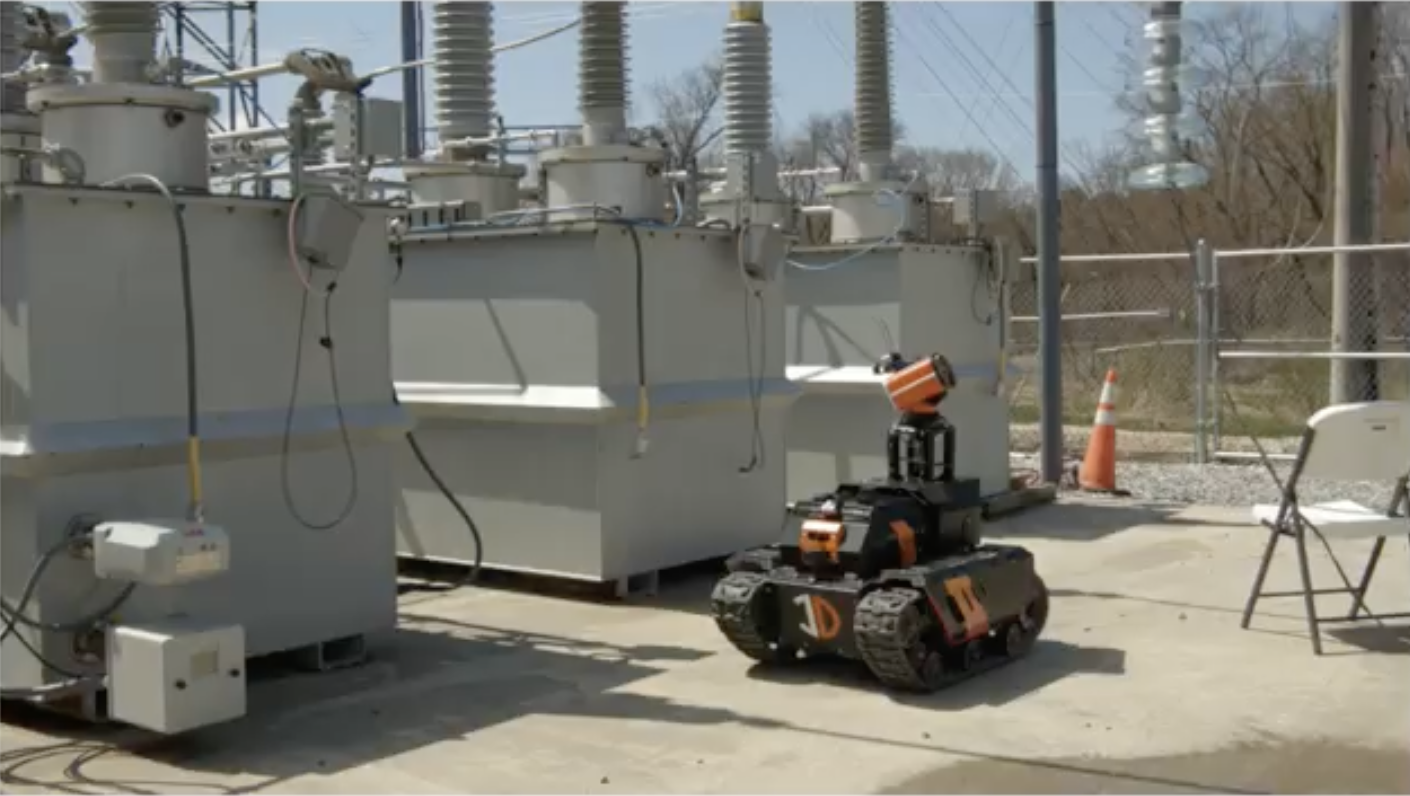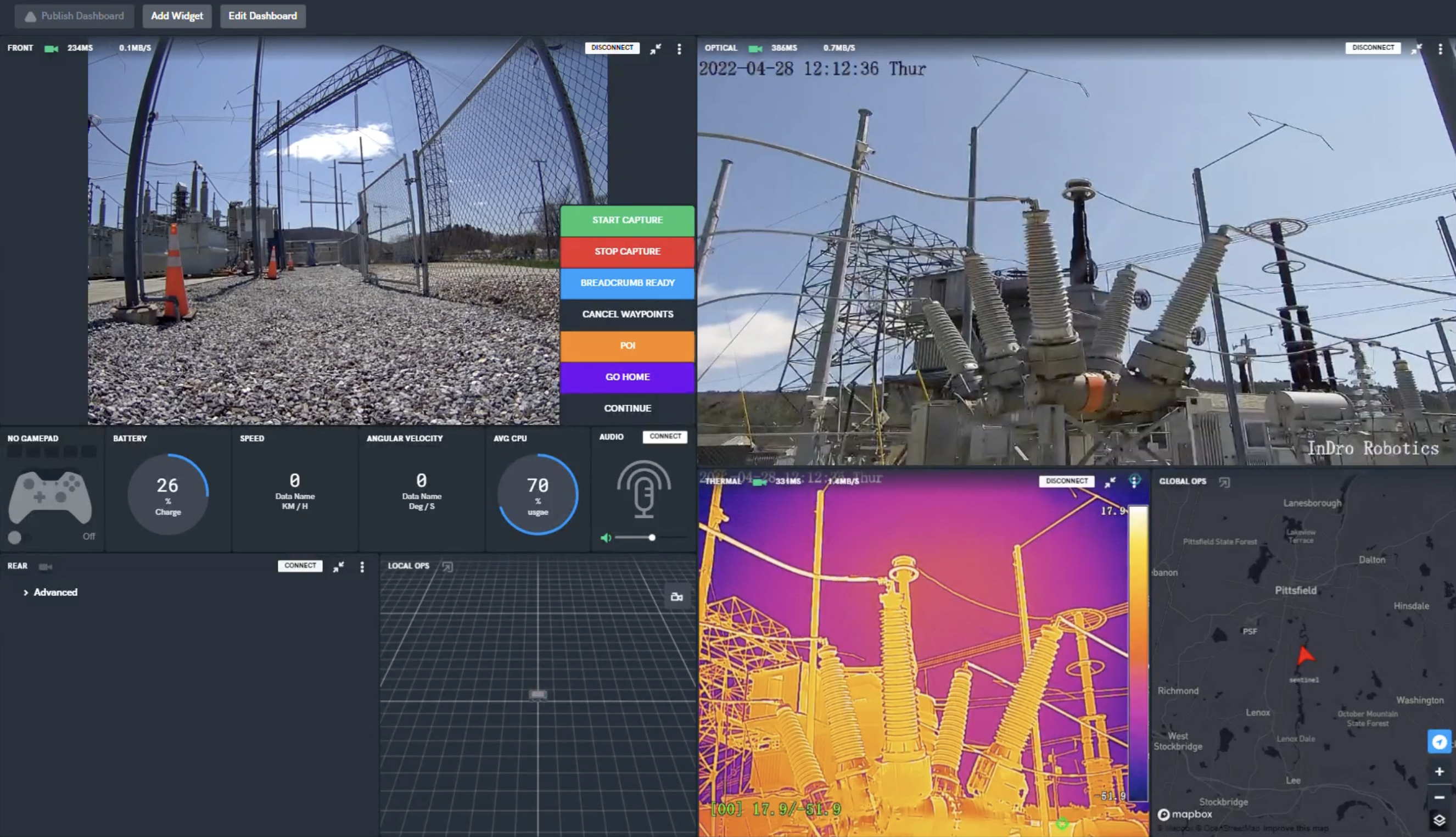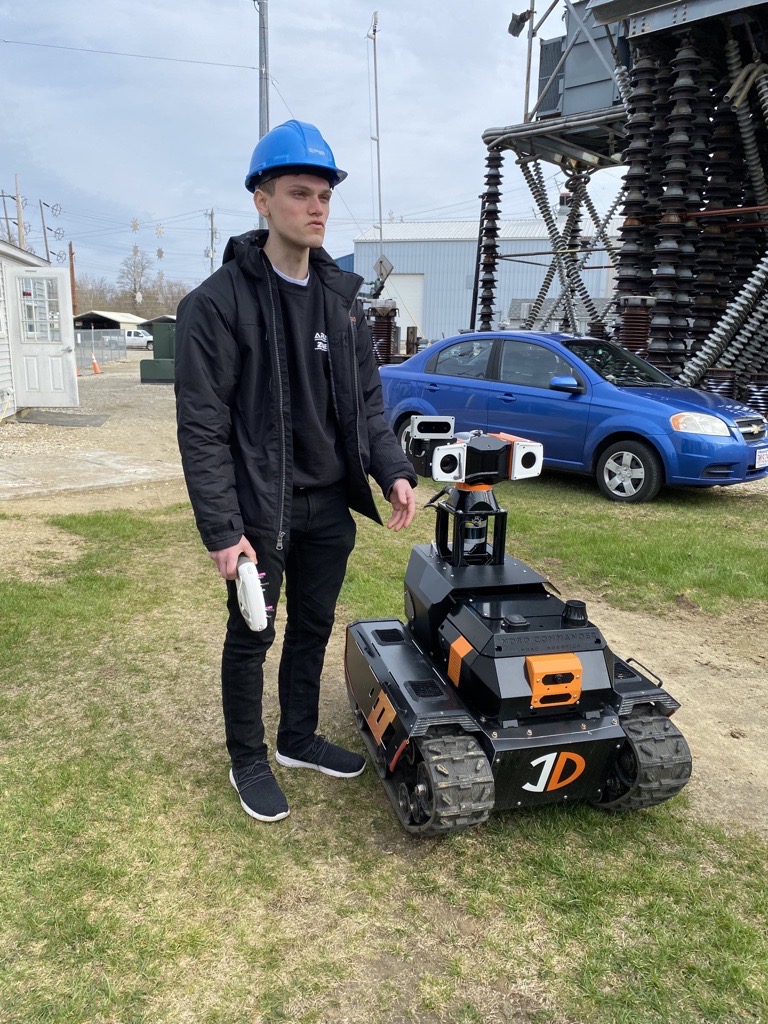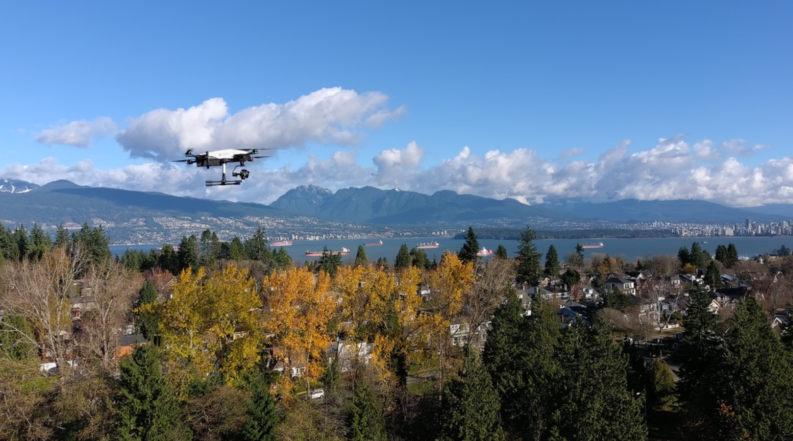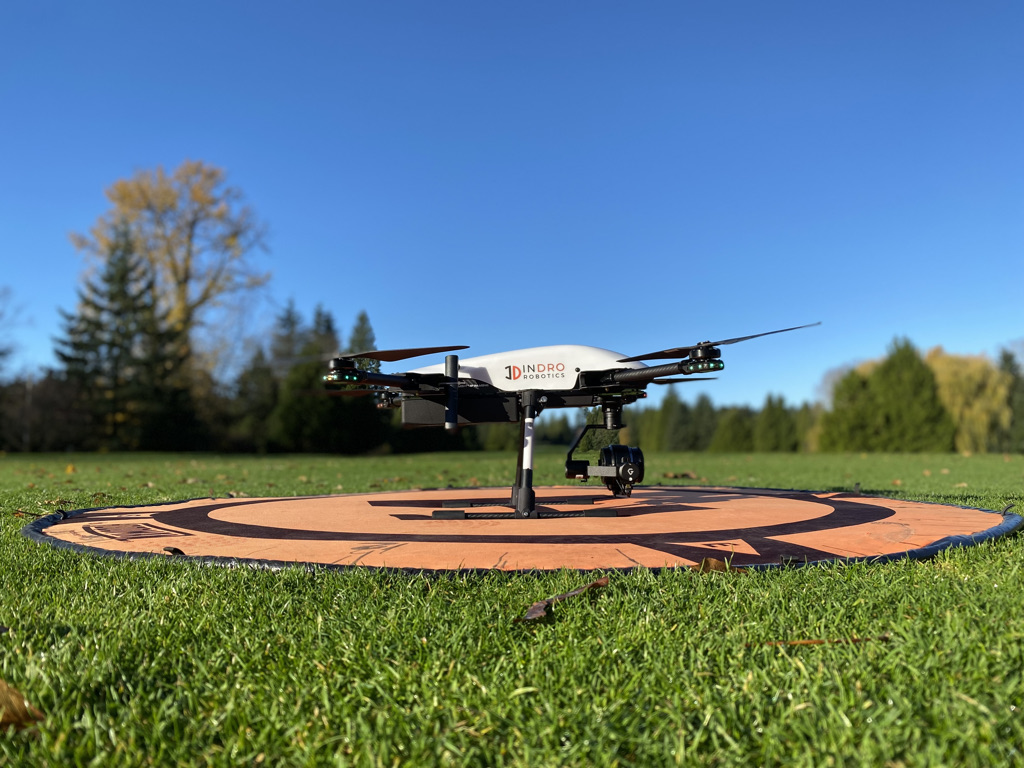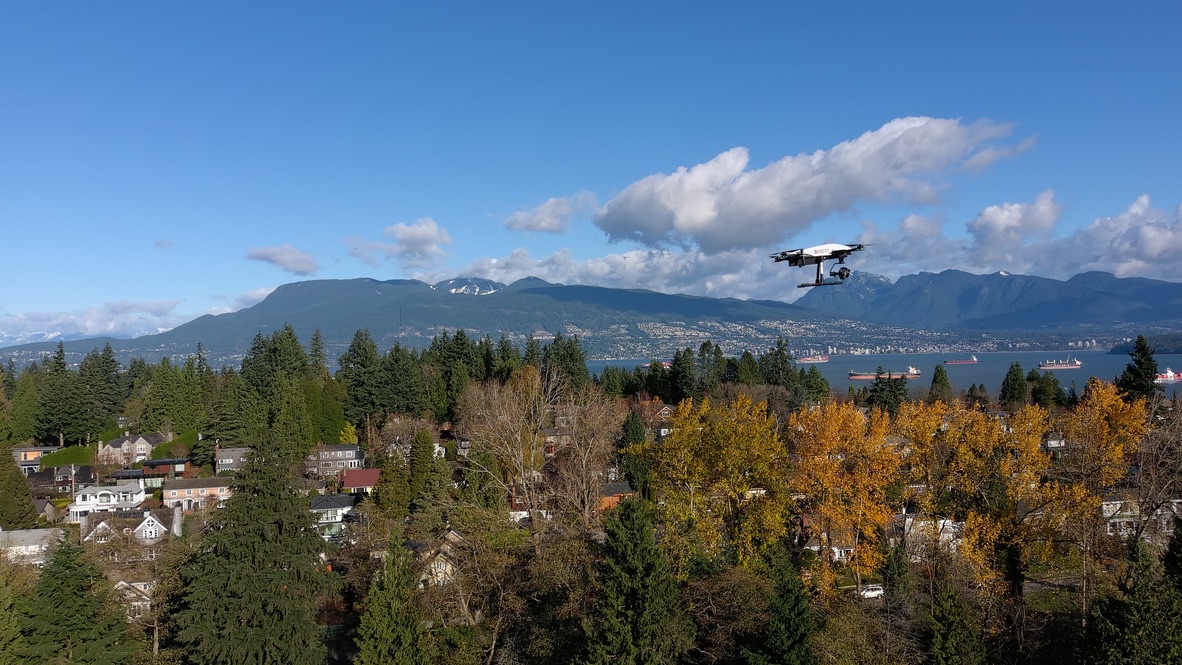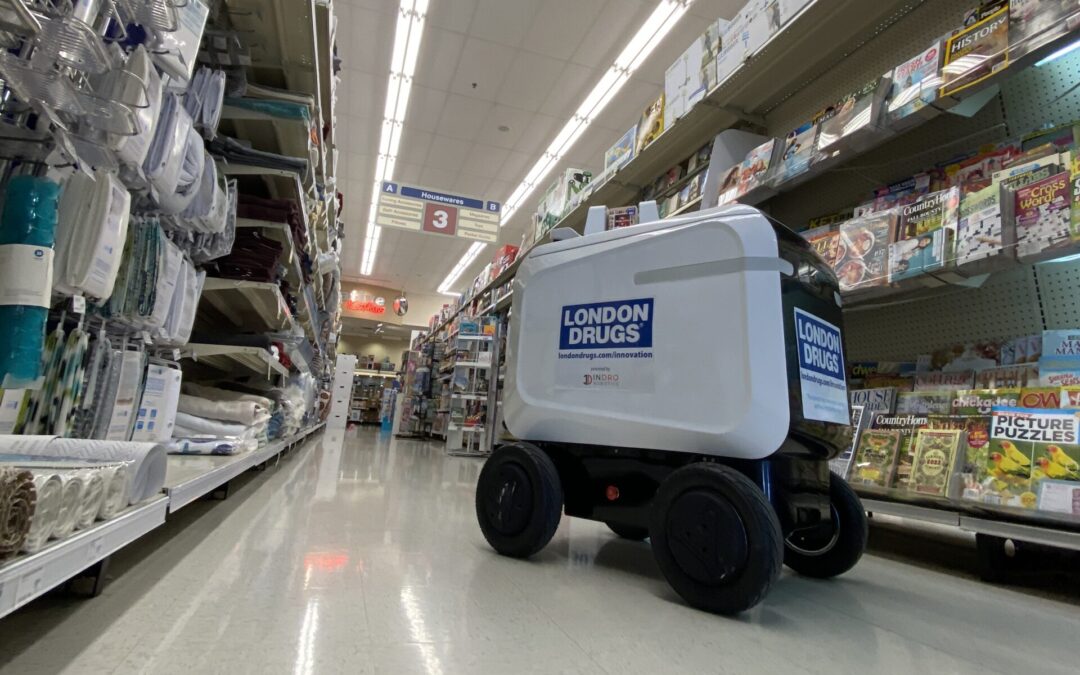
InDro’s ROLL-E 2.0 robot delivers to London Drugs customers in Surrey, BC
There’s a new robot in town.
That robot is InDro’s ROLL-E 2.0, and the town (well, city) is Surrey BC.
In the latest phase of an ongoing pilot project with London Drugs, the new version of InDro’s delivery robot was on the job September 9, delivering curbside orders to customers for touchless and convenient delivery. ROLL-E even delivered from the store to a customer’s home.
Let’s take a look at this robot, which features a number of innovations its predecessor, the original ROLL-E, did not have.
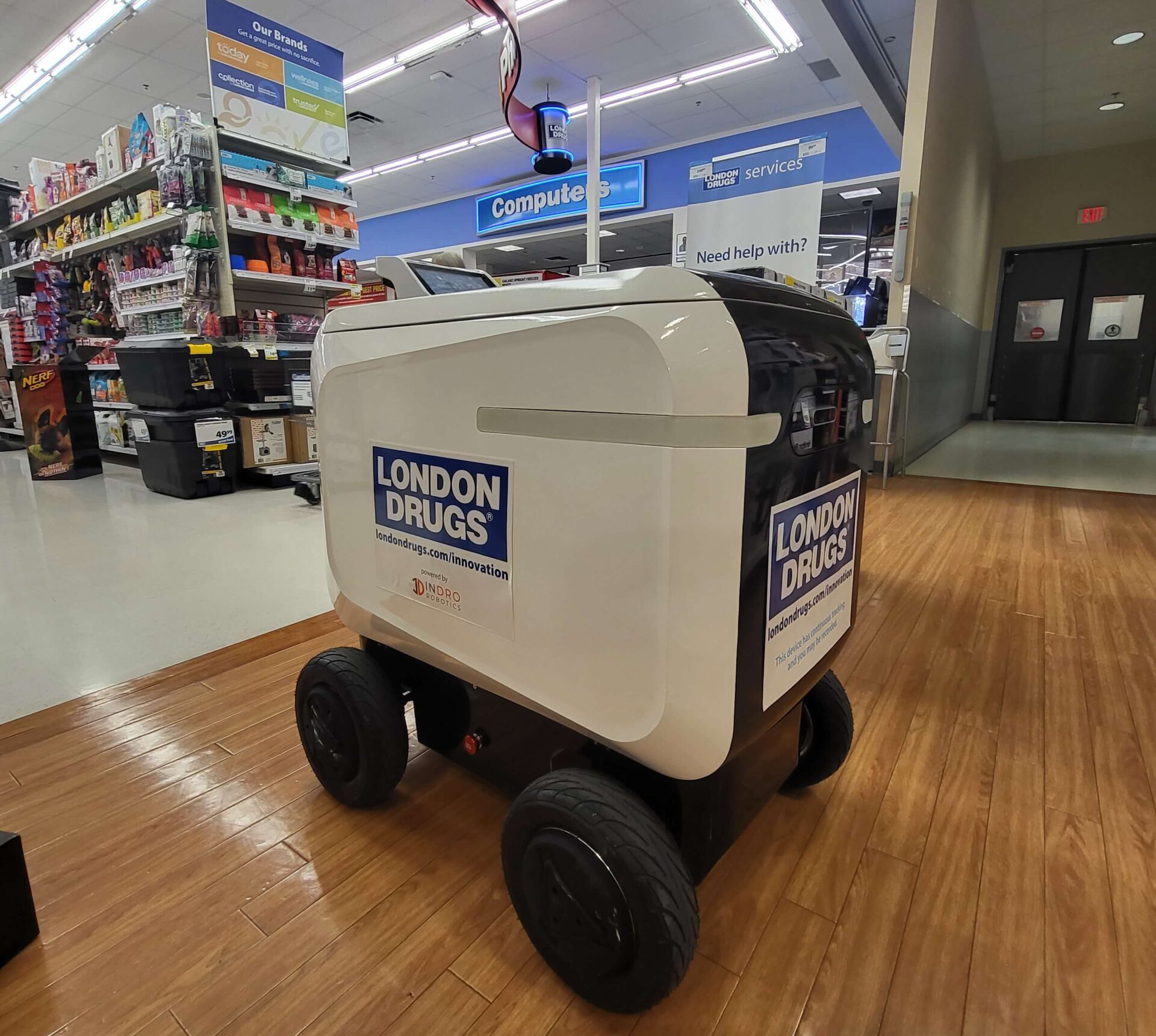
A leap from ROLL-E 1.0
You might recall that Indro Robotics carried out a longer-term pilot project at a location of London Drugs in Victoria, BC. The robot carried out regular curbside deliveries for customers who ordered online and wanted a touchless pickup experience.
The original ROLL-E worked great, but we learned some lessons that have resulted in an even more user-friendly robot. As a result, ROLL-E 2.0 features a host of new features, including:
- A total of six cameras, including two sets of depth perception cameras at the front and rear for greater situational awareness for the operator
- LED running lights, signal lights, brake lights
- Large cargo bay (50kg capacity) that can be opened and closed remotely
- Greater all-weather protection and a touchscreen interface for customers
Here’s a quick look at ROLL-E 2.0 on the job:
Tele-operated
ROLL-E 2.0 is a tele-operated robot, with an operator controlling it over the 4G or 5G cellular networks. That means the ‘driver’ could be in the local London Drugs outlet, or even hundreds of kilometres away. The person operating sees the view from all cameras, GPS location, ROLL-E health – and more – over a computer console. ROLL-E 2.0 is not yet a fully autonomous machine, but does have the capability to eventually be thinking on its own.
The first deployment – for curbside pickups in Victoria – was popular with customers and London Drugs staff. Pushing the envelope with home deliveries was the next logical step.
“Customers were pleased with both the convenience and experience of having goods delivered to their car by robot,” says InDro Robotics CEO Philip Reece. “This took things further, both literally and figuratively. Delivery robots will one day become commonplace, so London Drugs and the City of Surrey are really ahead of the game.”
London Drugs, meanwhile, is interested in continuing to assess the efficiency and customer acceptance of robot deliveries as part of the future of e-commerce.
“Following a successful pilot debut for ROLL-E earlier this year, we are thrilled to be further exploring its capabilities as we test home delivery in conjunction with Indro Robotics and the City of Surrey,” says Nick Curalli, London Drugs vice president of technology solutions. “This is an important step for our company as we look for innovative ways to serve our customers in the safest and most convenient way.”
By the way, that’s InDro’s Kate Klassen on the left in the photo below. She was ROLL-E’s operator for this project.
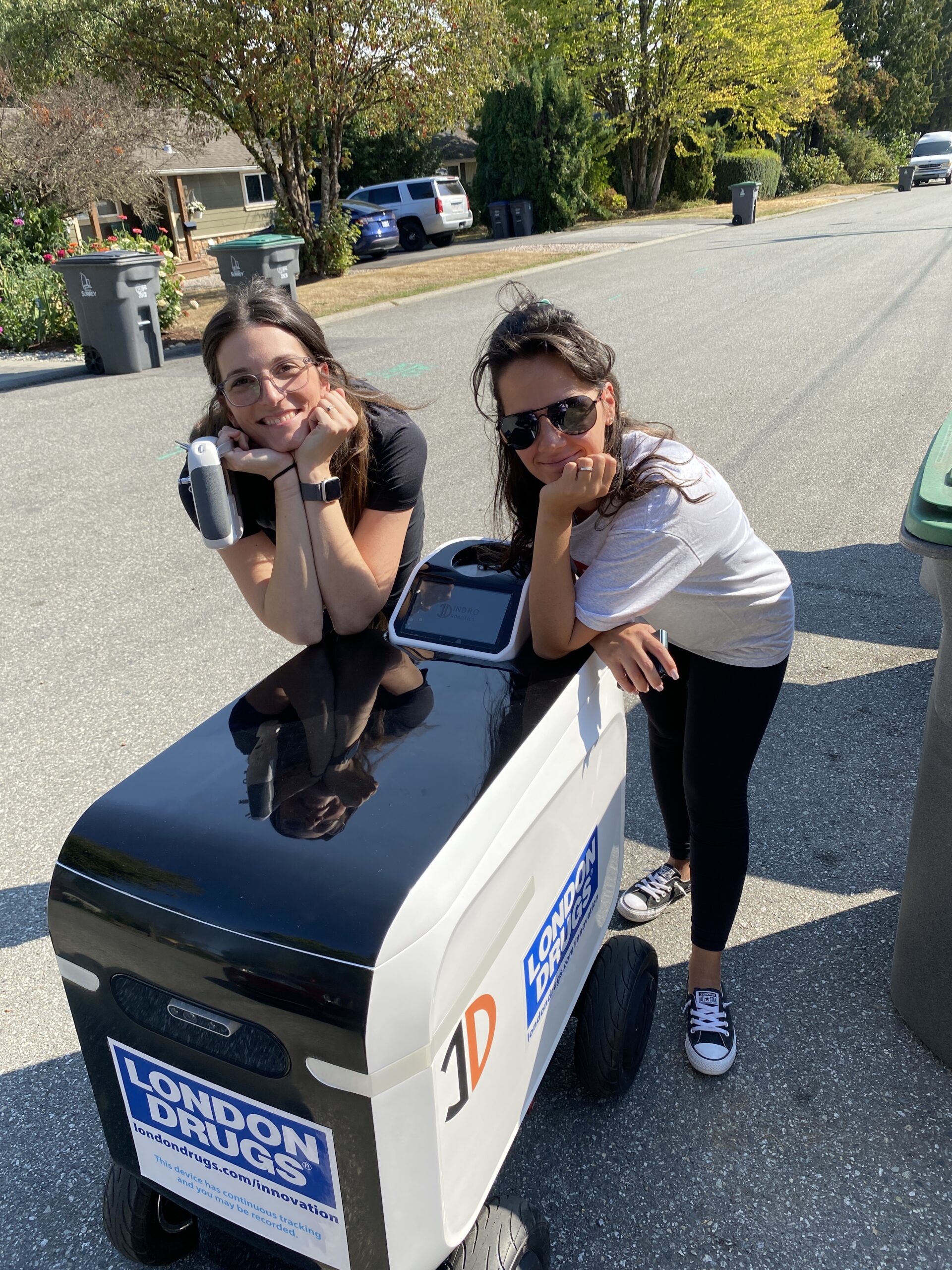
The Surrey connection
Surrey was an ideal test bed. The city welcomes projects like this as part of its Urban Technology Test Lab, which accelerates innovative projects toward commercialisation.
“Responding to the need for technology testing areas, the Urban Technology Test Lab Pilot provides technology firms with access to safe, local test zones,” said Surrey Mayor Doug McCallum. “Without the opportunity to field test in a real-world setting, many of the products could not proceed to final development and commercialisation. I am thrilled to see ‘ROLL-E 2.0’ hit Surrey streets for testing, and I am excited to see this initiative launch. The future truly does live here in the City of Surrey.”

InDro’s take
As an R&D company, InDro has always taken a “Crawl, walk, run” approach when it comes to testing new technology. The initial deployment in Victoria with ROLL-E 1.0 was the crawl phase, putting the product through its paces in a real-world setting. ROLL-E 2.0’s development and testing in Surrey was the our first chance to walk; we’ll soon be ready to run.
For InDro Robotics, this is about more than a business case. The eventual widespread adoption of robots like these will end countless short trips by automobile to nearby stores for small orders.
“Because ROLL-E 2.0 is electric, these deliveries will eliminate carbon emissions that would have otherwise been created by people driving to the store and back,” says InDro CEO Philip Reece. “This project involves a single robot, but deploying these at scale in the future will have a measurable impact on C02.”
We’ll check in again when ROLL-E 2.0 starts running.

